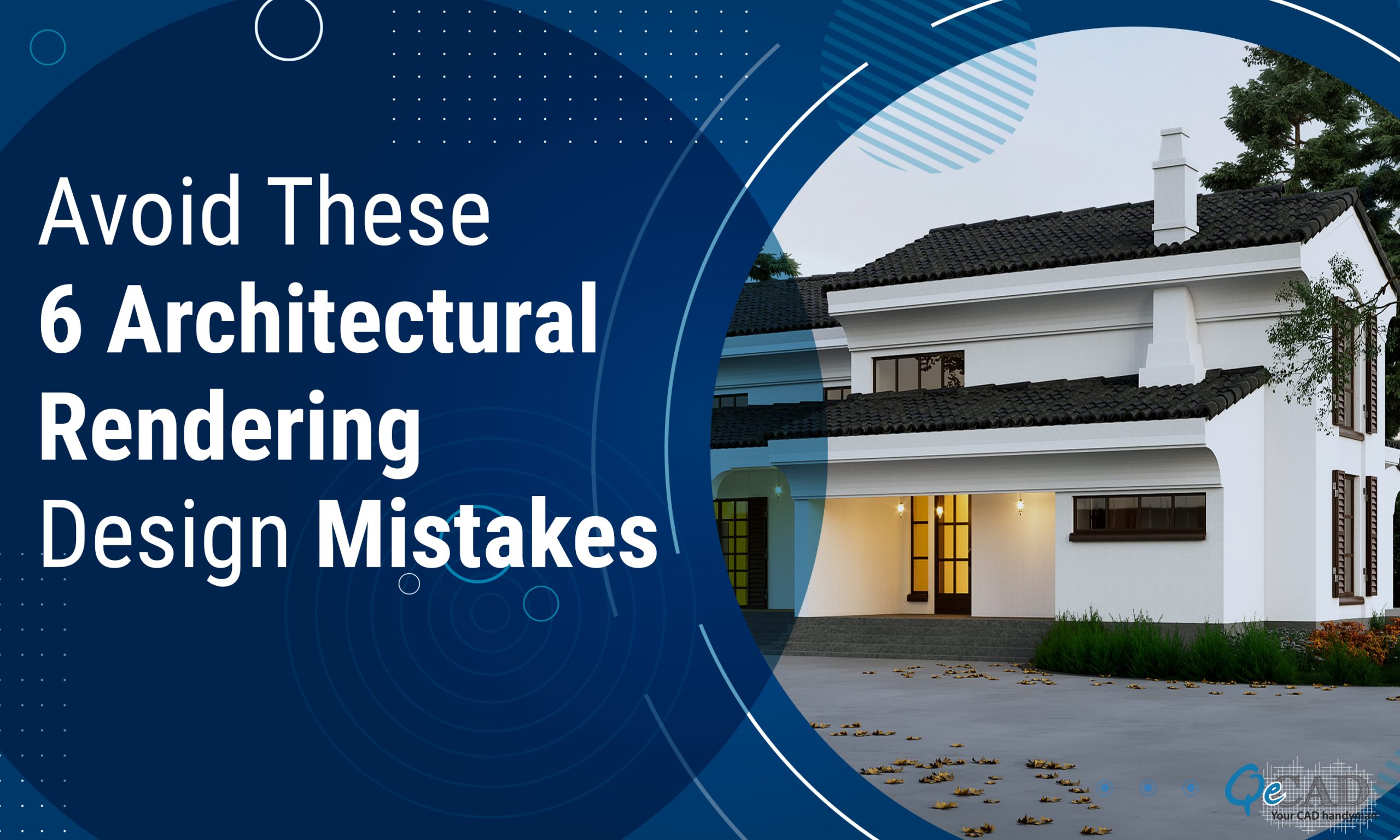
Introduction
Architectural rendering involves an essential part of the design procedure that aids interior designers and architects with visualizing and bringing reality to the concepts they have. This is a crucial tool that enables customers to gain insight into an undertaking’s finished product prior to the building being ever built. Nevertheless, there are additionally a few standard rendering design mistakes that might reduce the quality of the finished product. We’ll talk about a couple of those errors in the following piece along with ways to prevent them.
- Poor lighting
Whether it represents the interior or exterior representation of an architectural structure, lighting remains a crucial component. An apparently fantastic design might be ruined by poor lighting along with become ugly. Using an excessive amount of or inadequate light, which produces an unrealistic image, is a typical mistake. When generating the rendering, it is crucial to take into account the moment of the day as well as the kind of lighting that is going to be employed at the real-life location. Although using natural light tends to be preferable, artificial lighting must additionally be taken into account. - Missing Details
The absence of detail has emerged as an additional prevalent error in architectural rendering. What distinguishes and gives individuality to a design have been the details. The furnishings, fittings, as well as finishes that are going to be part of the finished product, must all be mentioned. This is going to make it easier for the customer to grasp precisely what they are purchasing and prevent any kind of confusion. - Unreal Textures
Architectural rendering depends heavily on textures in particular, however, if they aren’t produced appropriately, they are additionally susceptible to mistakes. Using textures that are either unreal or fail to correspond to the real supplies that are going to be employed throughout the construction represents a typical error. For instance, selecting a wood grain that resembles plastic won’t accurately depict the finished item. The project must make utilization of high-quality textures that faithfully portray the substances that might be employed. - Inaccurate scale
Architectural renderings must accurately depict scale, which is very important. The finished product won’t look realistic when the dimension has been off. It’s crucial to check that the rendering’s components appear to be in proportion to one another as well as the space itself. Appropriate scaling might be ensured with the aid of 3D modeling tools. - Composition is poor
To develop an appealing and useful design, composition—the ordering of all the components inside the rendering—must be done correctly. One typical error involves attempting to pack the picture coupled with an excessive number of components, which creates a congested and perplexing visual. Making absolutely certain that the overall structure remains harmonious and that every component has its proper place in an orientation that emphasizes its significance is crucial. - Missing Context
Architectural Rendering Services must include context since they assist the viewer get acquainted with the environment in which the design is going to be placed. Making a representation without any background has been a prevalent error that may render it challenging for the consumer to comprehend how the design integrates within the bigger environment. It’s crucial to take into account the area around the project, as well as any nearby structures or landscape features that can have a direct effect on the design that is created.
Conclusion
In the final analysis, architectural rendering has emerged as a crucial tool that could assist customers to see the finished project in its entirety and deliver a design to reality. The aforementioned typical errors, which include poor lighting, a dearth of comprehensiveness, unrealistic texturing, an inappropriate scale, a poor composition, as well as an absence of context, must be avoided. Designers are able to produce renderings that effectively and attractively depict the final outcome by devoting particular attention to the aforementioned factors. These suggestions will assist you in producing renderings of the highest caliber that satisfy the requirements of the customers you serve, regardless of whether they require outdoor rendering services or Interior Rendering Services.
